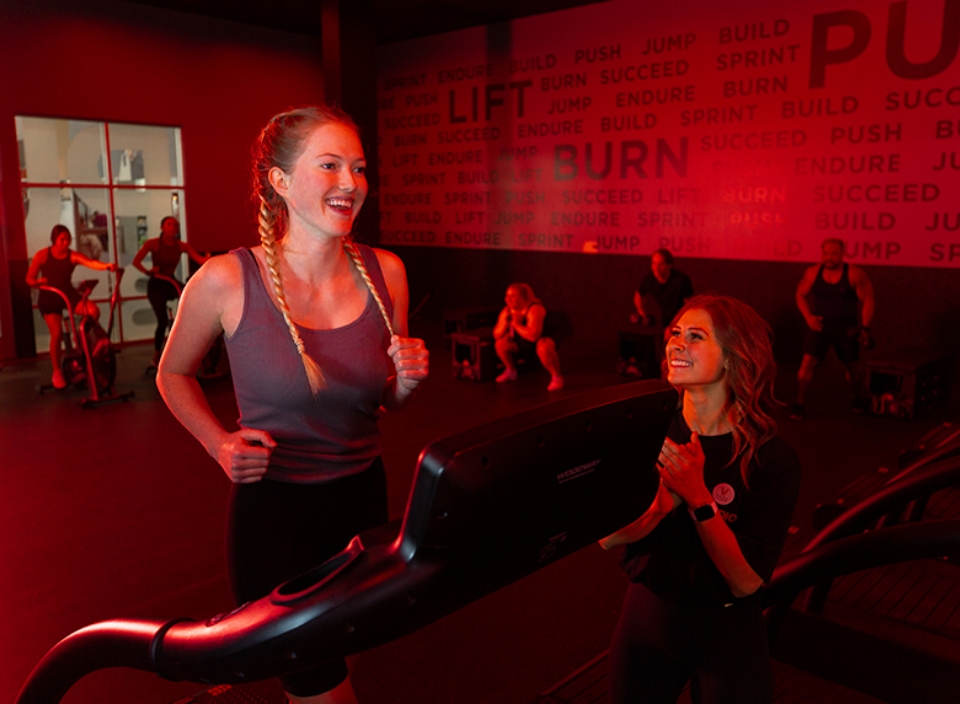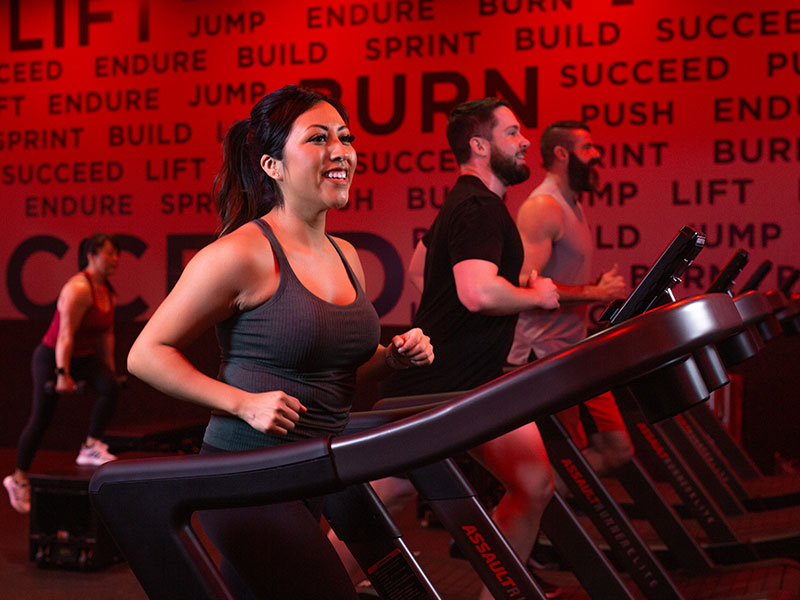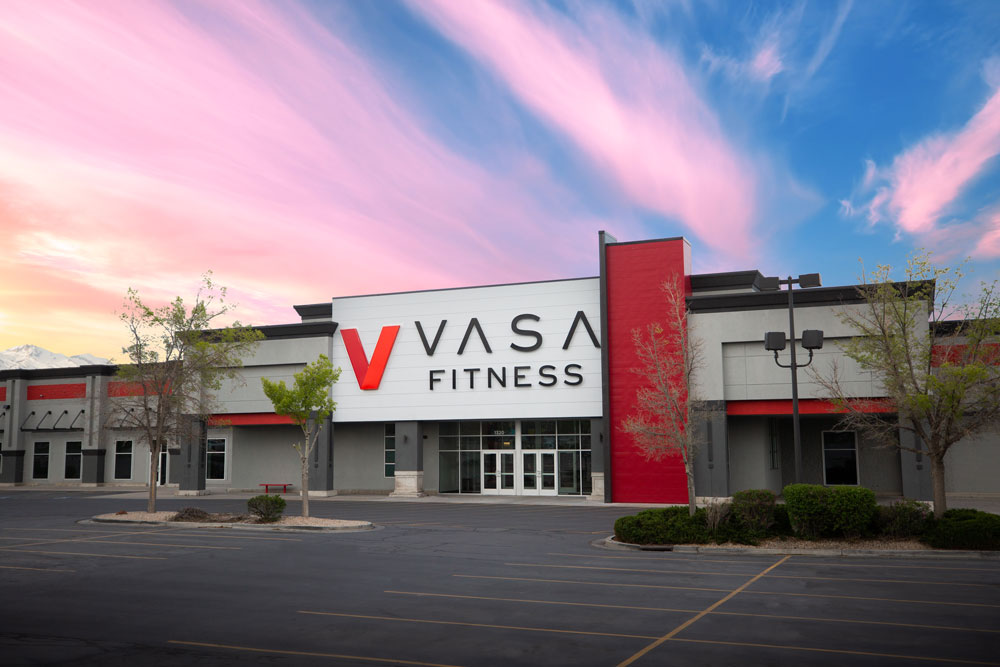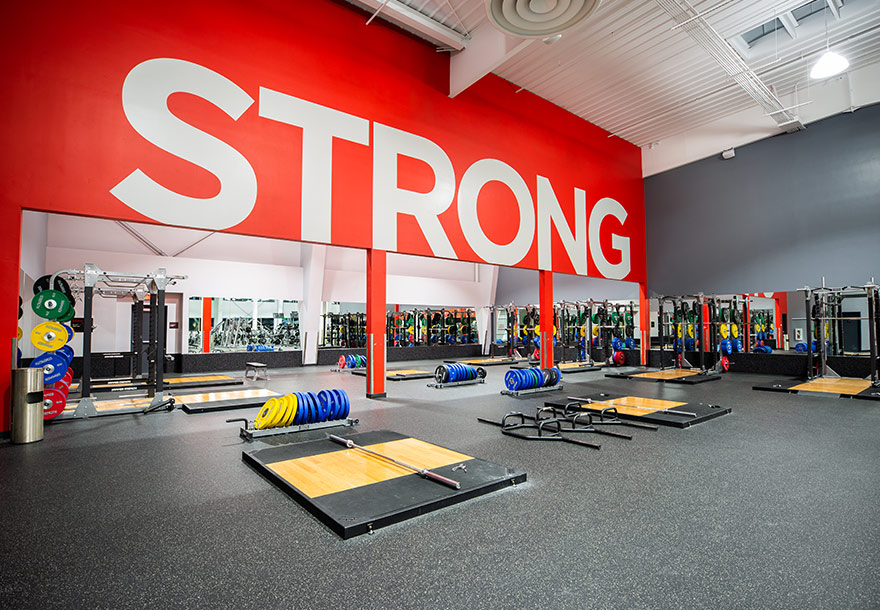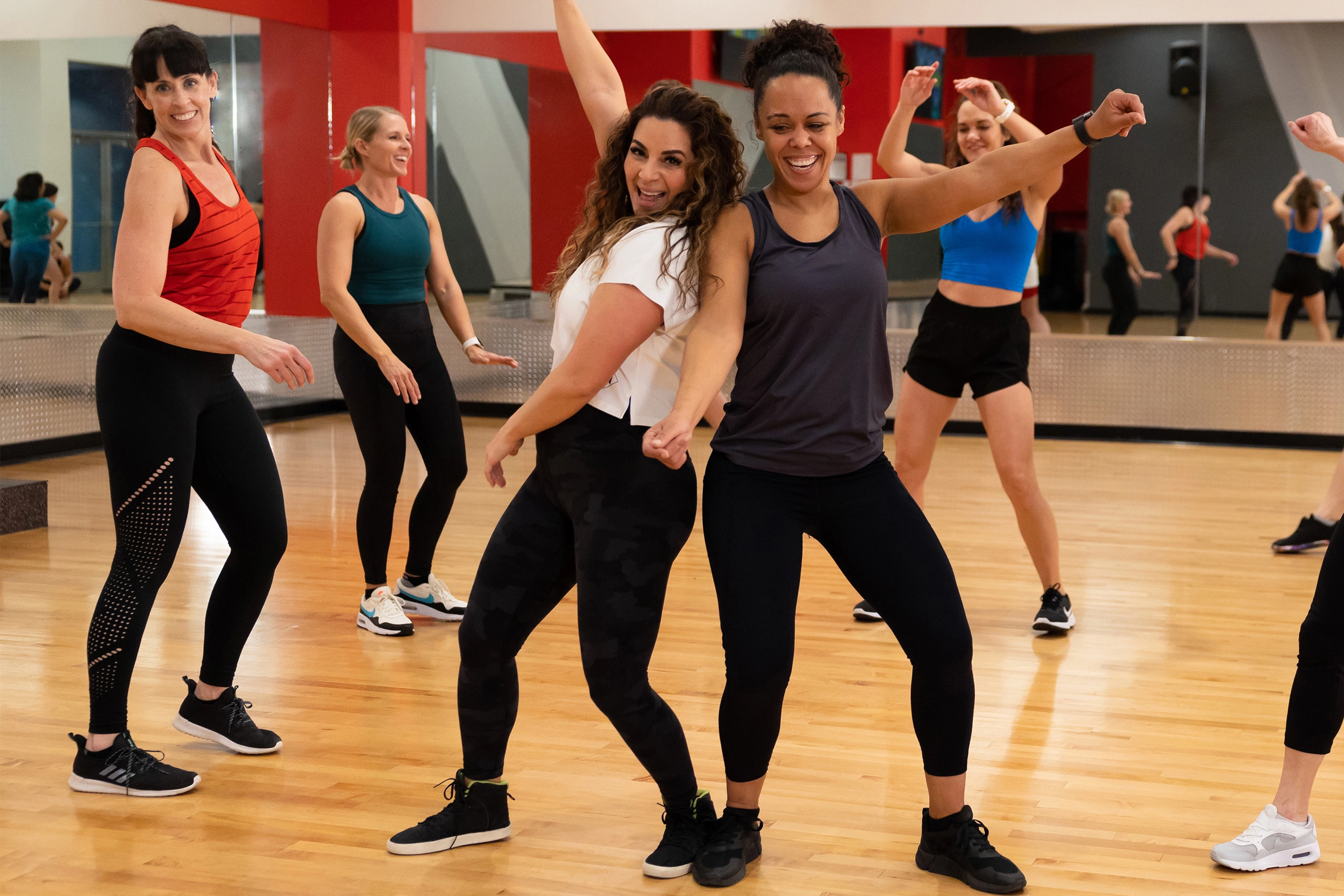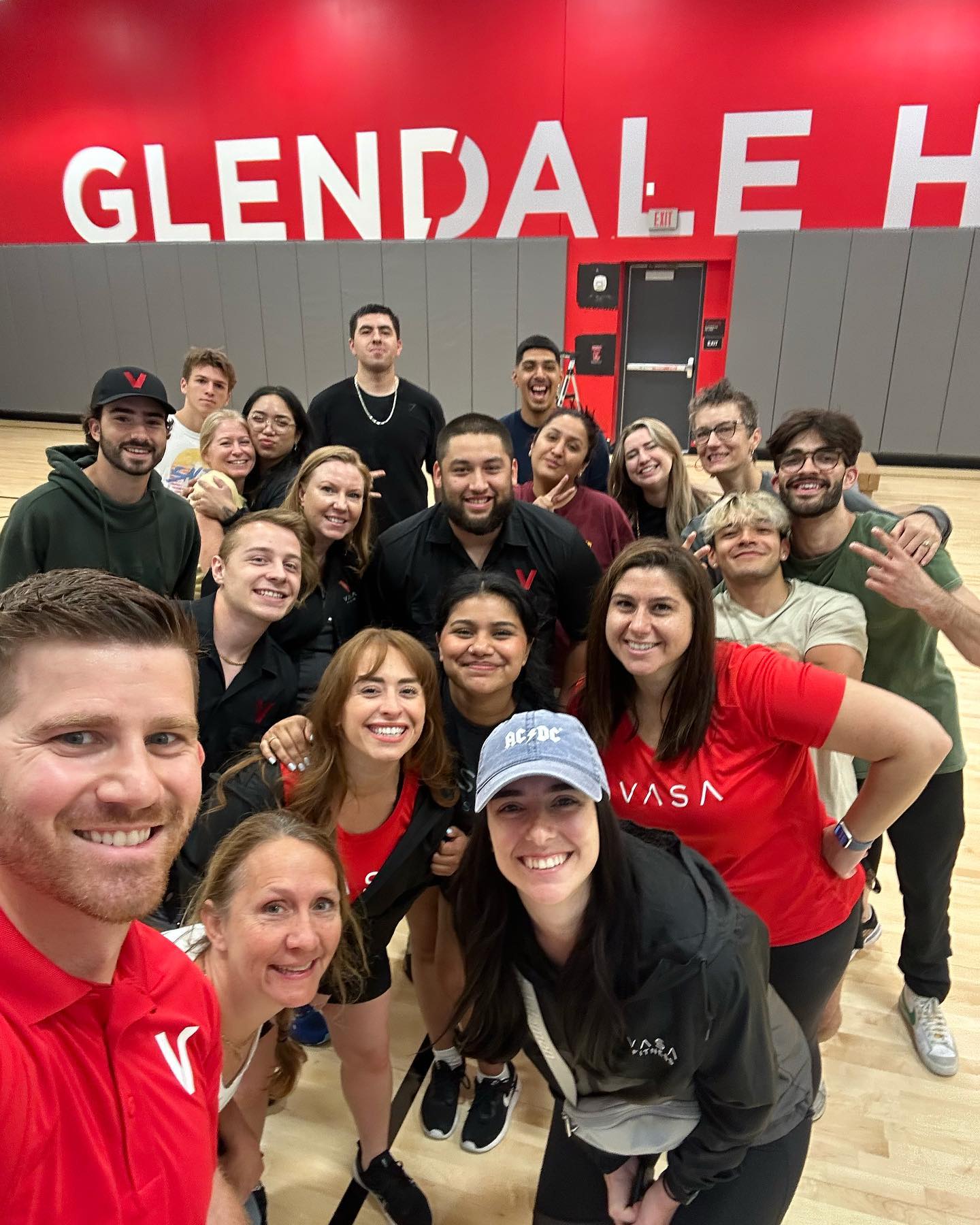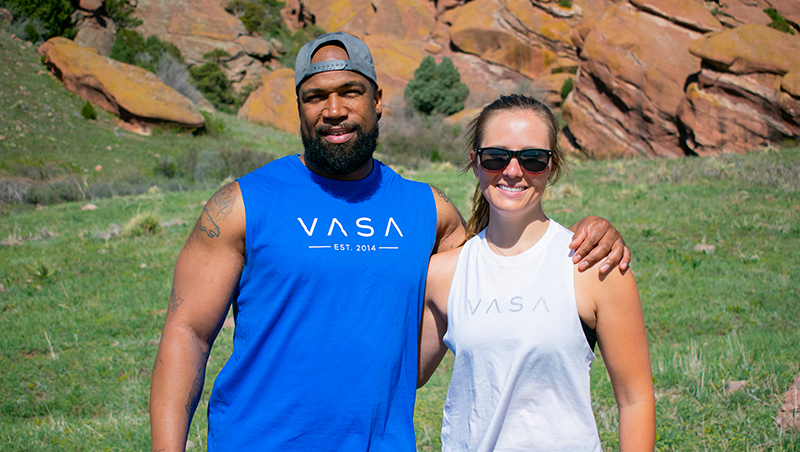What are the Benefits of Resistance Bands?
The resistance band is one of the most common and popular pieces of fitness equipment in recent years. These loops of elastic can be used for full-body conditioning, come in a variety of materials and sizes, and are just as effective for beginner exercisers as they are for Olympic-level athletes and help improve strength, power, and endurance. The key to getting the most out of a resistance band is application: using the right one at the right time in the right position.
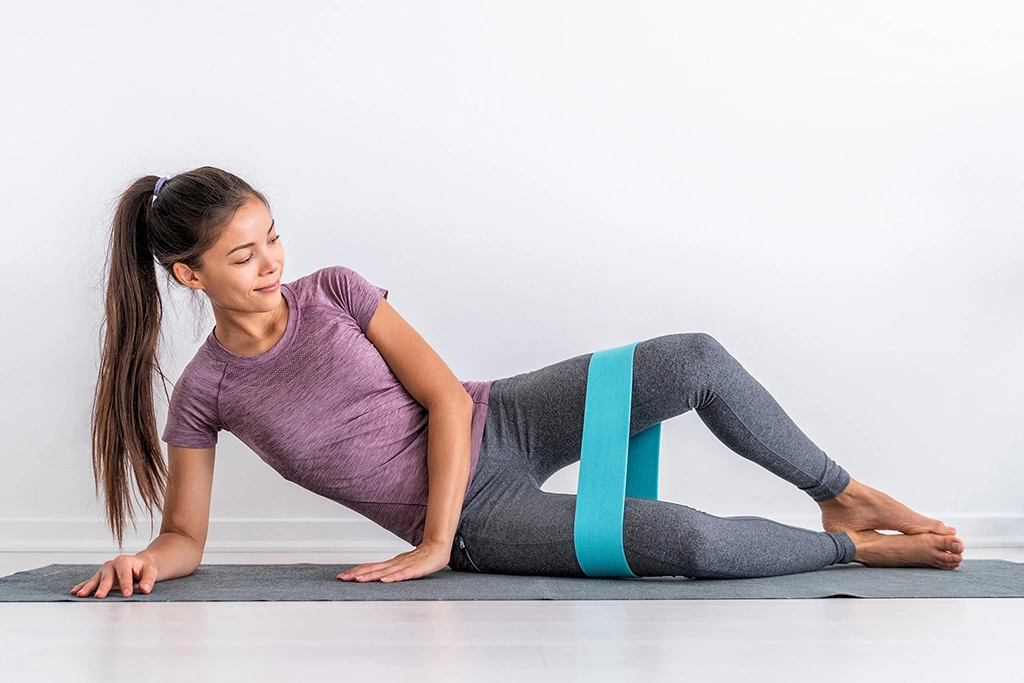
Types of Resistance Bands
Resistance bands found in most gyms come in several sizes, with the most common ranging from the large 36- to 42-inch super loops and down to the 12-inch mini (more popularly known as “booty”) band. Super loops are similar to resistance bands but have handles and offer a slight advantage in some cases by providing the ability to add resistance in multiple planes of motion at once. Resistance bands with handles are usually found in group fitness and personal training spaces and, like the other bands, can be found in a myriad of thicknesses and lengths. In physical rehabilitation settings, Thera-bands are used more often simply because they come in bulk rolls and can be cut to meet patients’ needs.
Benefits of Elastic Resistance
No matter the size or shape of the band you choose to purchase, they all use the same concept of elastic resistance. Elastic resistance (sometimes known as accommodating resistance) is a way of loading movements with increasingly challenging resistance the more the band is stretched. For example, a single arm row using a handled band will have less tension on the muscle when the arm is straight and the handle of the band is closer to its attachment point on a rack. This is also the weakest point of the exercise, so having less tension here is a good thing. As the arm and handle move away from the rack into the row position, the band is stretched, putting more tension into the system. A flexed muscle is a strong muscle, so the challenge of the band tension relative to the strength of the position is the key to gaining strength through the entire range of motion, not just when there is only enough resistance to challenge the weaker positions of the exercise.
For beginners, bands tend to be less intimidating than many machines or free weights and create similar training responses. The stretch of the band matches the contraction sequence of the muscles and will allow for more challenging tension when the beginner is ready. For more advanced exercisers, adding a pair of bands to compound movements can help you break through plateaus. When bands are added to compound movements, the concept of “overspeed eccentrics” comes into play, where the band pulls the lifter into the bottom position of the exercise faster than they would normally go on their own. This overspeed forces a bigger contraction on the muscles when it’s time to return to the top of the exercise.
Another benefit of using resistance bands comes down to tricking the central nervous system into working more efficiently. We’ve all seen the gym members walking sideways with bands around their feet or lower legs or squatting with bands around their knees. They are utilizing a concept called reactive neuromuscular facilitation, or RNT for short. The basis of this concept is to force a part of the body into a poor position, causing the central nervous system to send a signal to the supporting muscles to fire even harder to get you out of that position. For example, in the squat, if the knees collapse in, placing a band around the knees will pull them into that collapsed position, but the signal sent from the central nervous system will force the glutes to fire harder to push the knees out and back in line with the toes. Reactive neuromuscular facilitation can be used on all the big movement patterns (squat, hinge, lunge, pushing, pulling) to correct poor form that could lead to injury.
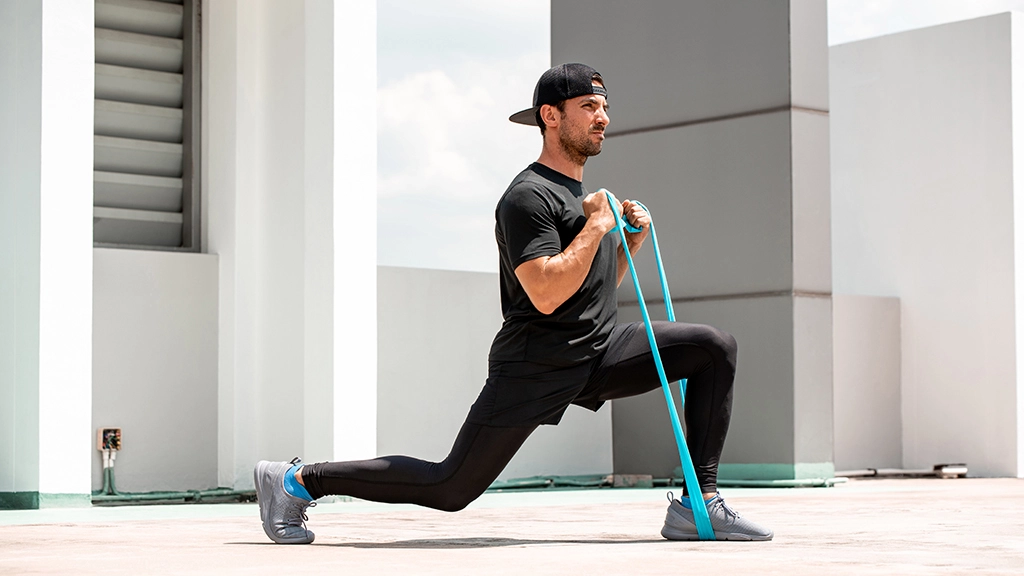
Add Complexity to Basic Movements
Bands can also be applied to compound movements to add a layer of complexity to the basic variation of an exercise and challenge a secondary plane of motion. The three planes of motion are sagittal (front to back), frontal (side to side), and transverse (rotational). Bands also can add variation to the “lines of pull,” or how gravity is acting on the exercise and the muscles being used. Most exercises or machines usually only challenge one plane of motion or line of pull. For example, traditional squats, hinges, and lunges typically occur in the sagittal plane. Adding bands to these movements may increase the challenge of the exercise and allow for greater strength adaptations. A bench dumbbell row is a great back exercise; however, this variation only takes advantage of the vertical weight of the dumbbell. If a band is attached to a rack and wrapped around the wrist in a horizontal line of pull, now the lifter gets the benefit of the vertical pull AND the horizontal pull of the band.
Cheap & Easy To Travel With
Last but not least, resistance bands are easy to travel with. Small and compact, bands can easily be tossed into a gym bag or suitcase and taken on the road, so you don’t have to wait on busy machines or miss out on workouts while traveling. Portability and cost-effectiveness are two big draws for incorporating resistance bands into your workout routine.
Bands are here to stay! Whether you’re a seasoned lifter or just starting out, grabbing a set of resistance bands can help you continue to make progress in the gym. They are easy to use and can be found in a variety of tensions. If you’d like to learn more about incorporating resistance bands into your workouts or what kind of band you need to start out, chat with one of VASA’s certified Personal Trainers in your area. They can help establish your starting point and create a custom plan so you can progress in the gym and reach your fitness goals.
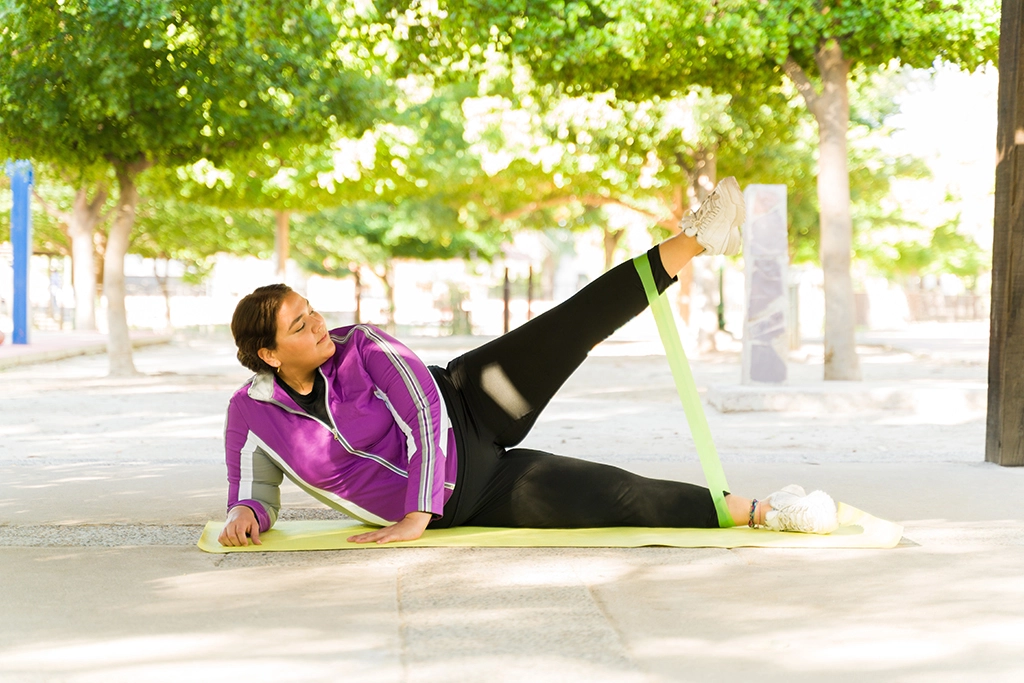
RECOMMENDED
SUBSCRIBE TO OUR BLOG
Enter your email to start receiving our blog emails!
